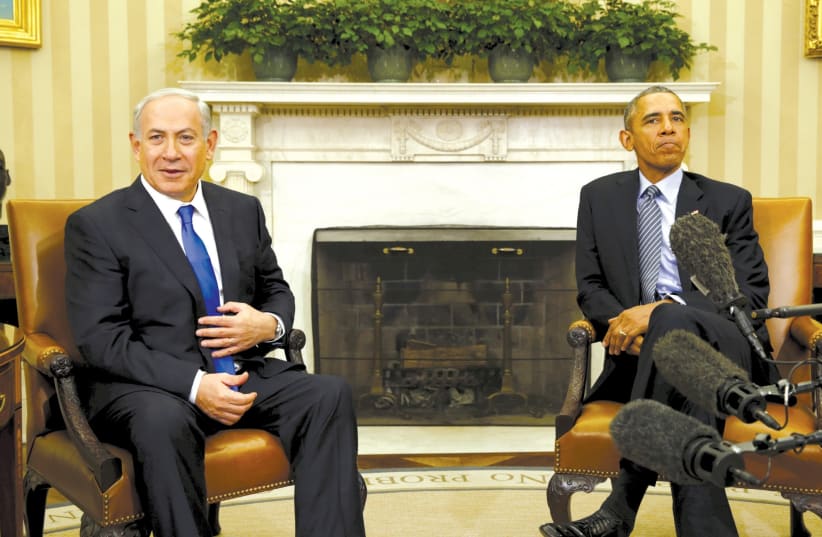Obama-era diplomat questions if all settlements are an obstacle to peace
US President Trump has characterized Israel’s settlement activity as “unhelpful” to the pursuit of peace, and asked Israeli PM Netanyahu to “hold off” on their growth last spring.
